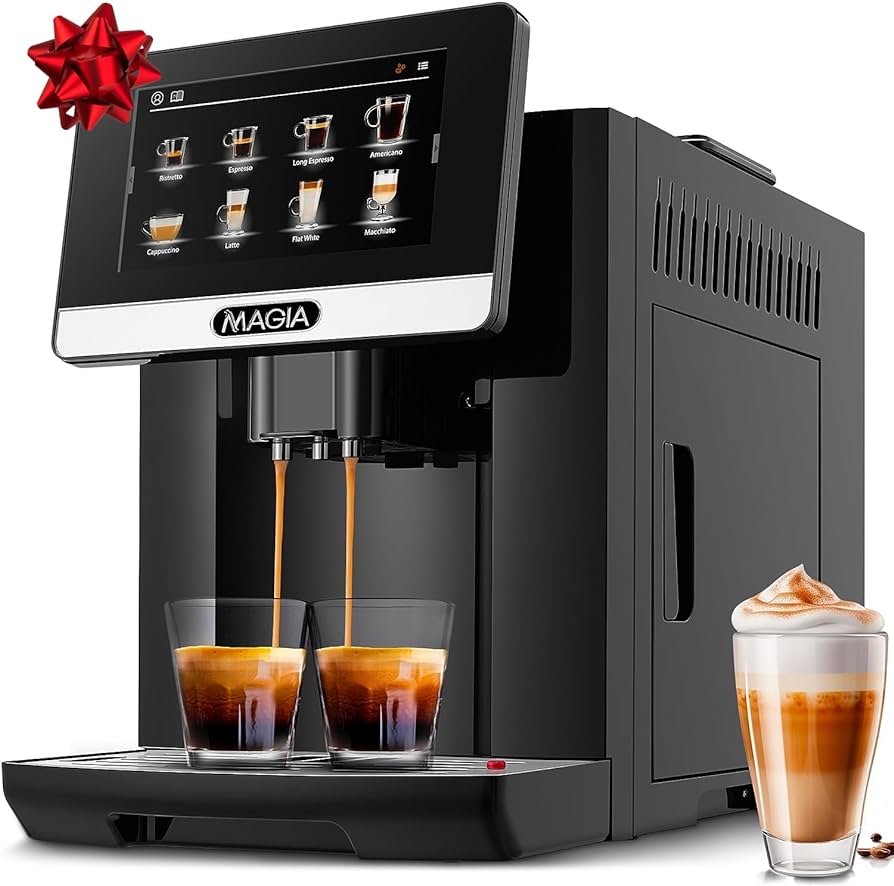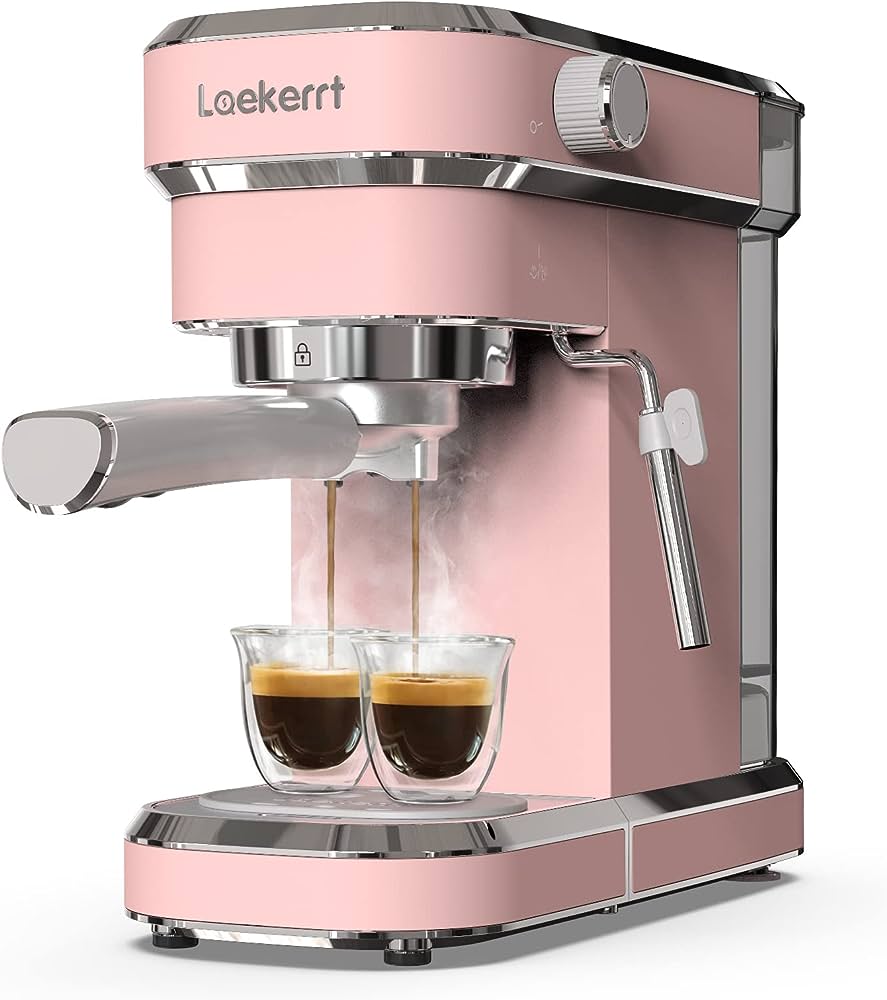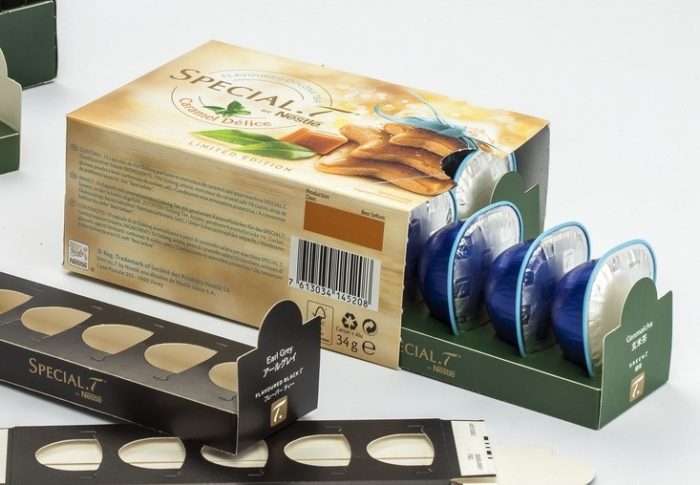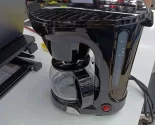
Do you put water or milk in a Keurig?
Introduction
Keurig coffee makers are designed to brew coffee using water as the primary ingredient. However, many coffee enthusiasts wonder if they can use milk instead of water in a Keurig machine for a creamier and richer cup of coffee. In this guide, we will explore the usage of water and milk in a Keurig, discussing the reasons for using water, potential issues with using milk, and alternative methods for incorporating milk into your coffee.

Do you put water or milk in a Keurig?
Using Water in a Keurig
Brewing Process: Keurig machines are specifically designed to brew coffee using water. The brewing process relies on hot water passing through the coffee grounds in the K-Cup to extract the flavors and create a cup of coffee. Water is an essential component in achieving proper extraction and flavor development.
Temperature Control: Keurig machines are programmed to heat water to the optimal temperature range of 195°F to 205°F (90°C to 96°C). This temperature range is important for extracting the desired flavors from the coffee grounds. Using water ensures that the brewing process occurs at the appropriate temperature.
Extraction Efficiency: Water acts as a solvent to dissolve and extract the soluble compounds present in the coffee grounds. It helps extract the flavors, aromas, oils, and other desirable components, resulting in a well-balanced and flavorful cup of coffee.
Compatibility: Keurig machines are designed to work with water reservoirs, filters, and brewing systems that accommodate water. Using water aligns with the intended design and functionality of the machine, ensuring optimal performance and longevity.
Potential Issues with Using Milk in a Keurig
Clogging and Maintenance: Milk is not suitable for use in a Keurig machine due to its composition and properties. Milk is thicker and has higher fat content compared to water. When heated and forced through the brewing system, milk can cause clogs and blockages, leading to machine malfunctions and potential damage. This can result in the need for extensive cleaning and maintenance.
Hygiene and Bacterial Growth: Milk has a higher risk of bacterial growth compared to water. When milk is heated and left in the brewing system, it creates an environment conducive to bacterial proliferation. This can lead to hygiene issues, unpleasant flavors, and potential health risks if consumed.
Milk Scorching: The high temperature used in Keurig machines is suitable for water but can be too hot for milk. Heating milk to such high temperatures can cause scorching, resulting in burnt flavors and unpleasant aromas.
Alternative Methods for Incorporating Milk
Frothing or Steaming Milk: If you prefer to have milk in your coffee, consider using a separate milk frother or steamer to heat and froth the milk before adding it to your brewed coffee. These devices provide precise temperature control and create a creamy and velvety texture in the milk. You can then pour the frothed milk into your brewed coffee for a latte or cappuccino-style beverage.
Milk Pods or Capsules: Check the compatibility of your Keurig machine with such pods before using them.
Cold Milk Addition: Another option is to brew your coffee using water in the Keurig machine and then add cold milk to achieve the desired creaminess. This method allows you to control the amount of milk you want to add and preserve the flavors and properties of both the coffee and milk.
Milk Alternatives:
If you prefer a non-dairy option, there are various milk alternatives available that can be used in your coffee. These include almond milk, soy milk, oat milk, coconut milk, and others. These milk alternatives can be heated separately and added to your brewed coffee to achieve the desired taste and texture.
Syrups and Flavorings:
To enhance the flavor of your coffee, you can consider adding flavored syrups or extracts.
Cold Brew Coffee:
If you enjoy a smooth and less acidic coffee experience, you can explore cold brew coffee. Cold brew involves steeping coffee grounds in cold water for an extended period, typically 12 to 24 hours.
Conclusion
Keurig machines are specifically designed to brew coffee using water. While there may be curiosity about using milk in a Keurig for a creamier cup of coffee, it is not recommended due to potential issues with clogging, maintenance, bacterial growth, and scorching. Instead, consider using alternative methods such as frothing or steaming milk separately to create specialty coffee beverages, using milk pods or capsules compatible with your Keurig machine, or adding cold milk to your brewed coffee. These methods allow for better control over the milk usage and help preserve the functionality and performance of your Keurig machine, resulting in a satisfying cup of coffee with the desired level of creaminess.






